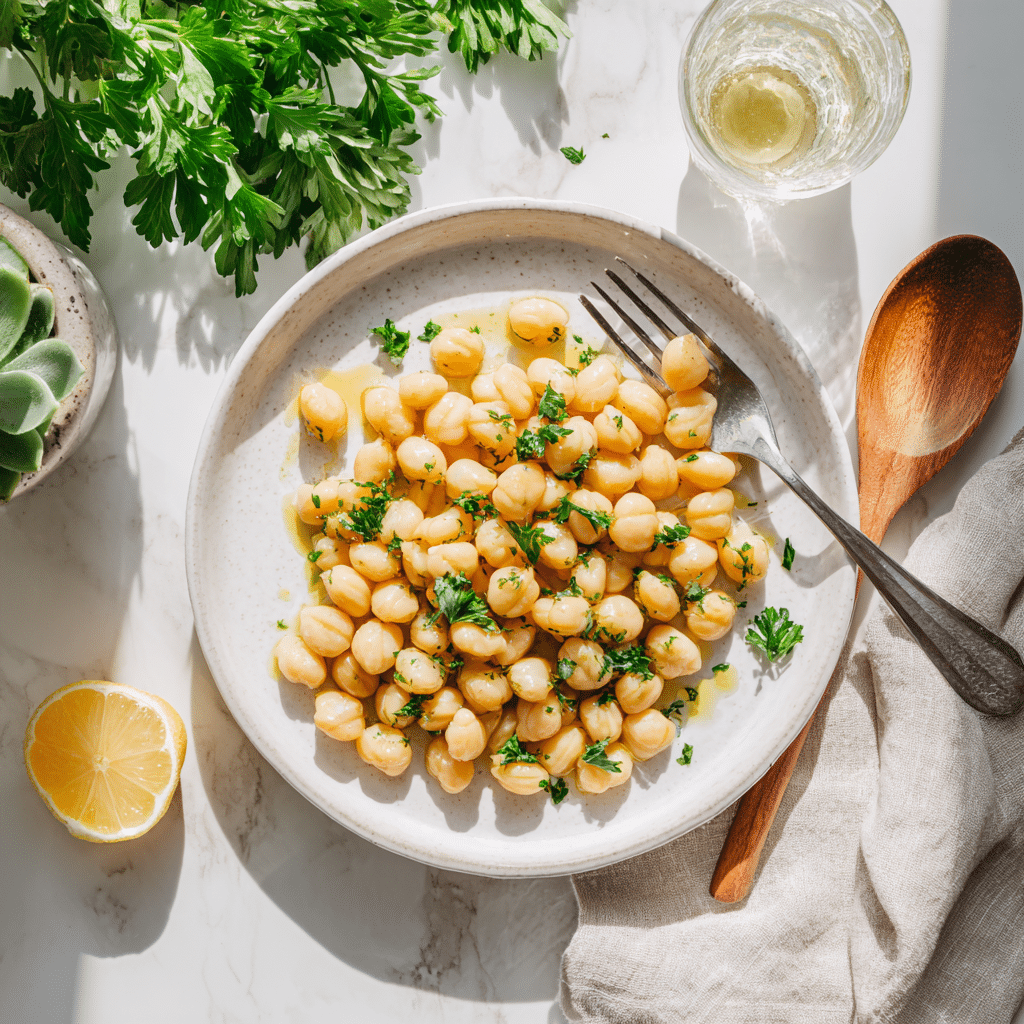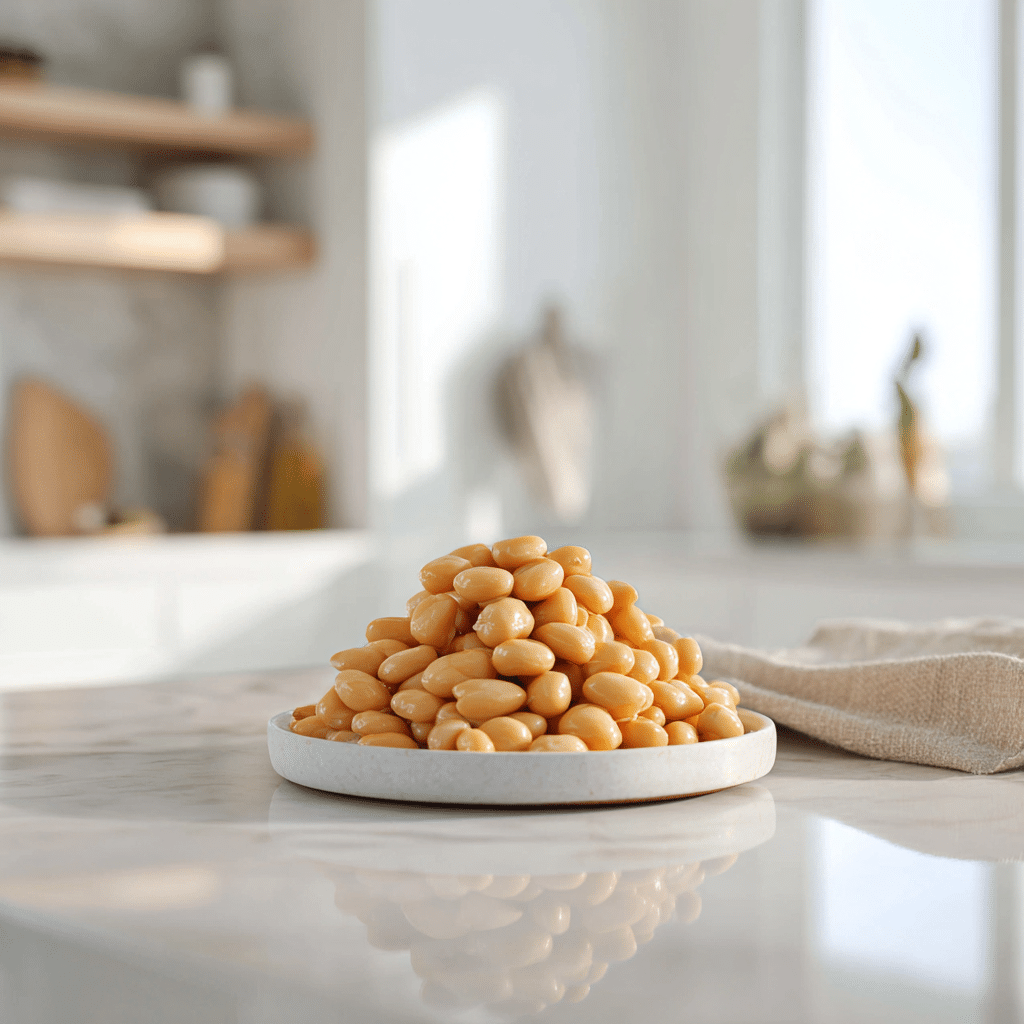
Lupin bean is a powerhouse legume that’s long been a staple in Mediterranean kitchens. But for a busy, plant-based mama like me, it’s more than just a traditional snack—it’s a lifesaver. In this article, I’m sharing how I prepare these salty, protein-rich bites at home and why they’ve become a go-to snack for my family. just like our banana peanut butter protein balls,From my first time discovering lupini at a farmers market to the slow, mindful preparation process, this recipe is packed with both flavor and story. If you’re looking to add a unique high-protein vegan snack to your rotation, this guide has you covered.
Table of Contents
Table of Contents
Why I Love Lupin Beans (And Why You Might Too)
Lupin Beans: The Unexpected Snack That Changed My Plant-Based Life
I first stumbled across lupin bean at a local farmers market tucked into a tiny jar with a handwritten label: “High Protein Snack – Traditional Mediterranean.” I was intrigued. As a mom who’d recently transitioned to vegan living, protein was always on my mind. I bought the jar, took them home, and popped one into my mouth—bitter! It wasn’t love at first bite, but it sparked curiosity. I learned that lupin beans are traditionally soaked and rinsed for days to remove their natural bitterness. It was a process, yes—but it reminded me that cooking can be slow, thoughtful, and worth the wait.
Incorporating lupin beans into our weekly menu became part of my rhythm, especially on prep days when I batch soak, rinse, and store these little yellow gems for quick snacks. They’re naturally high in protein, fiber, and low in carbs, making them an ideal snack for kids and adults alike. According to nutrition studies, lupin beans can offer up to 40% protein by dry weight—rivaling soy and chickpeas.
Now, they’re my picnic must-haves. Just like our beloved black bean quinoa burgers or Moroccan lentils, lupini beans have earned their place on our protein-packed table. If you’re diving deeper into high-protein, low-calorie vegan recipes., you’ll love what lupins can do.
The Heart Behind This Recipe: A Snack Worth Sharing
One of my most cherished kitchen memories is watching my youngest plop lupini beans into a jar for the “last soak,” salt included. She was helping me prepare them for a weekend hike, proudly announcing, “Mama’s power beans!” That joy, that ownership—it’s everything I want food to be for my daughters: nourishing, educational, empowering.
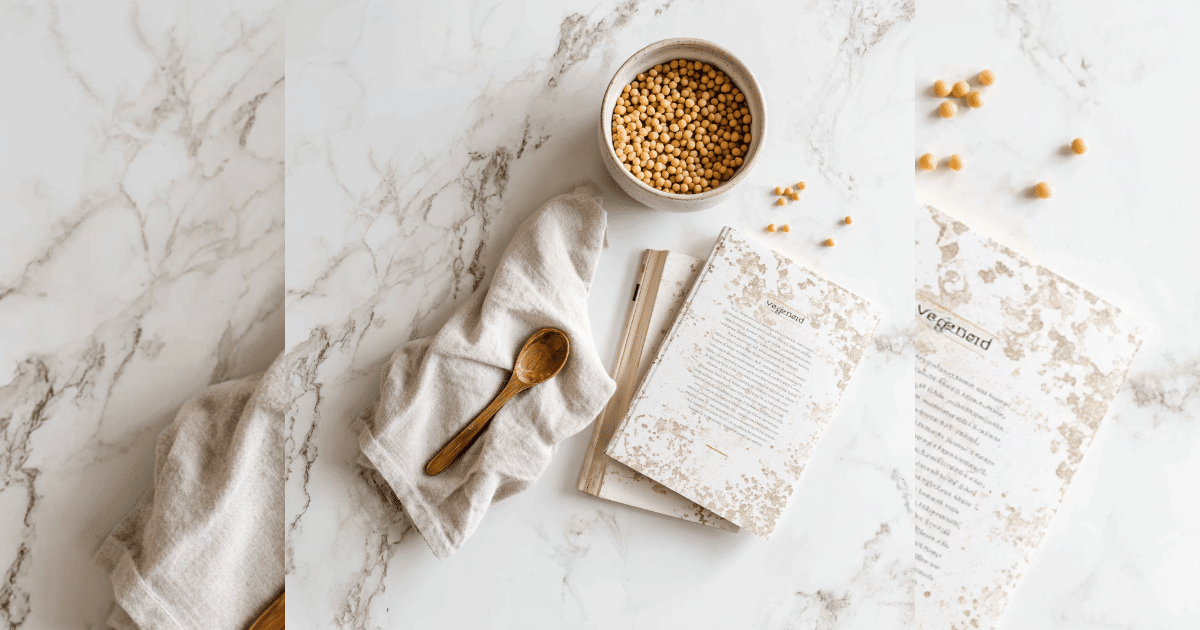
Traditional Lupin Bean Snack (High-Protein Vegan)
Ingredients
Equipment
Method
- Place the dried lupini beans in a large bowl and cover them completely with cold water (at least 2–3 inches above the beans).
- Cover the bowl with a clean towel and soak overnight (or for at least 12 hours).
- Drain and rinse the beans. Remove any brown or damaged ones.
- Transfer the beans to a large pot and cover with fresh water.
- Add 4 to 5 tablespoons of salt.
- Bring to a boil, then reduce heat to a bare simmer. Cook uncovered for 2.5 hours.
- Drain and rinse under cold running water.
- Place beans in a clean pot or jar, cover with fresh water (optional: 1 tbsp salt per quart).
- Soak for 4 to 7 days in a cool, dark place. Rinse and replace the water twice daily.
- Taste after 4 days. If still bitter, continue rinsing and soaking until the bitterness is gone.
- Store in a jar filled with lightly salted water in the refrigerator for up to 2 weeks. Optionally, vacuum seal for longer shelf life.
Nutrition
Notes
- This recipe requires patience but delivers a nutrient-dense, protein-rich snack that’s both kid- and adult-approved.
- Soaking is essential to remove bitterness and natural alkaloids—never skip it.
- Freeze extra prepared beans in small vacuum-sealed batches for later use.
- Add to salads, snack boards, wraps, or enjoy solo with lemon and olive oil.
Tried this recipe?
Let us know how it was!Lupin beans aren’t your average snack. They require a little effort, a lot of rinsing, and plenty of patience—but the result is worth it. Plus, they store beautifully and can last up to two weeks in salted water. It’s one of the few snacks I feel good about pulling straight from the fridge and handing to the girls.
If you’re like me and love weekly vegan meal prep, adding lupini beans to your pantry just makes sense.
How to Prepare Lupin Beans the Traditional Way
How to Cook Lupin Beans the Traditional Way
If you’ve never worked with lupin beans before, you’re in for a surprise—they require a bit more patience than your average legume, but the results are worth every rinse. Here’s how I prepare my batch of traditional lupini beans that my whole family snacks on all week.
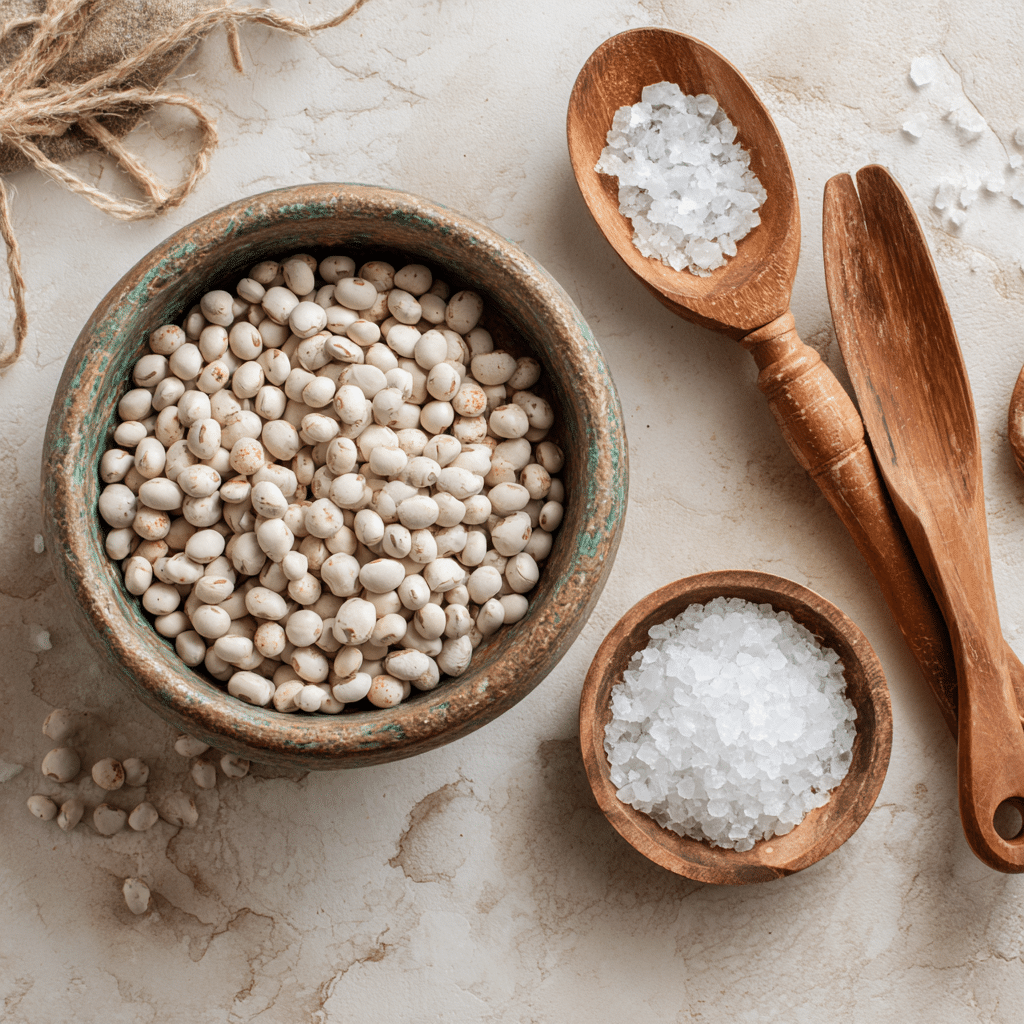
Start with 2 pounds of extra-large dried lupini beans—you’ll find these at Mediterranean or Italian groceries, or online. First, I place them in a large bowl and cover with at least 2 to 3 inches of cold water. I usually soak them overnight, but even 12 hours does the trick.
The next day, I drain, rinse, and toss out any discolored beans. Then, into a large pot they go, covered again with fresh water. I add 4 to 5 tablespoons of salt, bring the water to a boil, then reduce the heat to an almost bare simmer. They gently cook for about 2½ hours, softening and turning a more golden hue.
Once cooked, I drain and rinse them under cold water. But here’s where the magic (and patience) begins—the 4 to 7 day soak cycle.
Each day, twice a day, I drain the beans, rinse thoroughly, and refill the pot with fresh water. Some people like to add a tablespoon of salt per quart during this stage—optional, but it adds a nice briny balance. I usually start tasting on Day 4. If there’s any bitterness left, I keep going until the flavor is clean and pleasantly nutty.
By the end of the week, the beans are plump, tender, and ready to store in jars filled with lightly salted water. They’ll last in the fridge for up to two weeks. I also sometimes vacuum seal them for longer shelf life when I know I won’t get through the whole batch quickly.
You’ll find more ways to use lupin beans in our protein-packed overnight oats or meal prep essentials on the blog.
Why the Soaking Process Matters (And How to Do It Safely)
Technically no—and for good reason. Raw lupin beans contain bitter alkaloids that aren’t just unpleasant in taste, they can be toxic in large amounts. That’s why the traditional soaking and rinsing method is so important.

It’s also a beautiful reminder that not all food is fast—and some of the most nourishing snacks require intention.
I’ve made it part of my Sunday reset. I batch-soak a new pot each week while I plan lunches or prep quinoa and lentil dishes. The kids even join in on rinse duty, turning it into a fun rhythm. And when they see that glass jar of golden beans in the fridge? Instant joy.
The Powerful Nutrition of Lupin Beans
Lupin Beans: A Little Legume with Big Protein Benefits
As a busy mom always thinking about nutrition, especially protein, I’ve learned to keep ingredients like lentils, chickpeas, and quinoa on rotation. But lupin beans? They’ve earned top billing on my list of power-packed, plant-based staples. Here’s why.
Lupin beans are one of the highest plant sources of protein—about 40 grams per 100 grams of dry beans. That’s nearly double what you’d get from chickpeas. Plus, they’re low in carbs and high in fiber, making them ideal for blood sugar balance and satiety—especially important for my daughters after school.
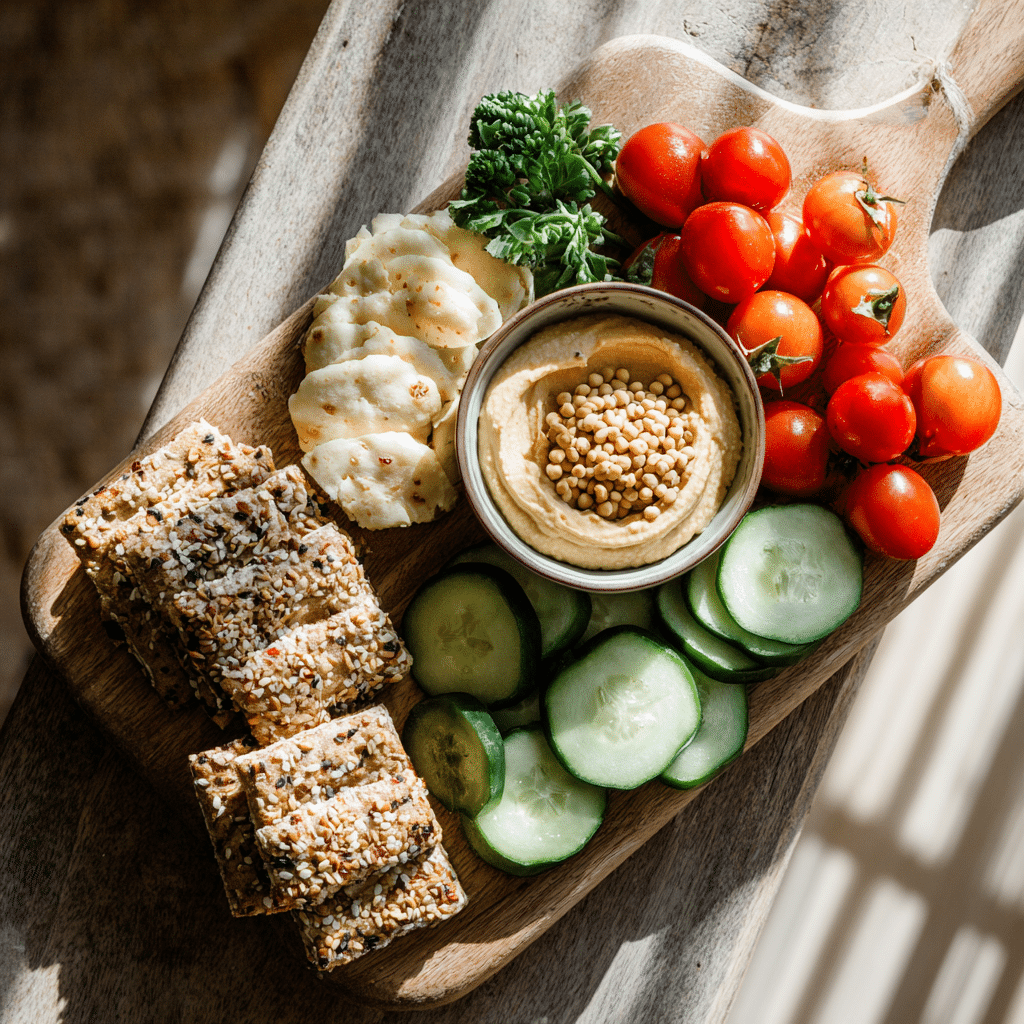
They’re naturally gluten-free and contain important nutrients like magnesium, potassium, and iron. What surprised me most when I began using them regularly was how filling they are. I pack them in my girls’ lunchboxes or serve a small bowl on the side with dinner, and they stay full longer, without needing crackers or processed snacks.
Family-Friendly Lupin Bean Ideas from Breakfast to Snack Time
While lupin beans are often served as a snack in Mediterranean cultures, I use them in creative ways throughout our week. On Mondays, they’re my no-fuss protein add-on to salads. Tuesdays, I mash them with olive oil and garlic for a quick spread on toast or wraps. Fridays? They go straight into lunchboxes in mini jars.
They’re especially great when I don’t feel like cooking yet want to give my family something rich in protein. I also occasionally blend them into veggie burgers or toss them with fresh herbs and lemon juice for a chilled side dish. My daughters like to add them to skewers with cherry tomatoes and cucumber for a DIY snack platter.
If you’re looking for more ways to add high-protein variety to your week, check out my full vegan protein smoothies here.
Whether you eat them plain or dressed up, lupin beans are proof that simple can still mean powerful—on your plate and in your routine.
Lupin Beans Made Easy: Keep, Serve, And Enjoy
The Best Way to Store Lupin Beans for Long-Lasting Freshness
Once your lupin beans are fully prepared—tender, no bitterness left, and golden in color—the way you store them can make all the difference. In my kitchen, I like to keep things simple and functional. I place the beans in clean glass jars, cover them completely with lightly salted water, and keep them in the fridge. This method keeps them fresh, crisp, and ready to eat for up to two weeks.
Lupin beans are now one of those things I reach for without thinking. On a busy afternoon, I’ll scoop some into a small bowl for my girls to snack on while I finish dinner. They’re salty, satisfying, and naturally high in protein—exactly what growing bodies (and tired moms) need. Sometimes I toss them into a salad, mix them into grain bowls, or serve them on a snack board with cucumbers and hummus. They’re versatile, and once they’re ready, they make meal assembly so much easier.
When I know I’ve got a busy season ahead—like the start of the school year or before a trip—I take it a step further. I vacuum seal portions of fully prepped lupin beans and freeze them. They thaw beautifully and hold their texture, which makes them just as handy as frozen lentils or black beans. That way, I always have a protein-rich option available, no matter how rushed the day gets.
These little beans have become a quiet hero in our weekly rotation. They remind me that with just a little planning, it’s possible to feed your family with intention—even on the busiest days. And like many of my favorite vegan staples, they’re proof that simple food can still be powerful.
Want more simple, prep-ahead ideas? Browse my plant-based meal planning tips and snack-friendly staples to build your own nourishing weekly rhythm.
Conclusion
Lupin Beans: A Small Commitment for Big Nutrition
Lupin beans may take a little extra time to prepare, but they’ve more than earned their place in our family’s routine. They’re high in protein, easy to store, and incredibly satisfying—especially when you want something nourishing without spending hours in the kitchen.
What I love most is how versatile they are. One day, they’re a lunchbox snack. The next, they’re tossed into a Mediterranean bowl with lemon and herbs. My girls have learned to love them, and I’ve learned to appreciate the ritual of prepping them each week.
If you’re looking for a new plant-based protein to add to your kitchen, I can’t recommend lupin beans enough. They’ve become more than just a snack—they’re a symbol of intention, tradition, and care in my home.
For more family-friendly vegan ideas, visit my meal planning archives or explore peanut butter chia pudding that make vegan life easier and more joyful.
Join me, Emily Walton, on Pinterest, Facebook, and Instagram for fresh recipes, pantry hacks, and high-protein ideas your family will thank you for.
FAQS
What are the disadvantages of lupin bean?
Lupin beans contain bitter alkaloids that must be removed through extended soaking and rinsing. If not properly prepared, they can be unpalatable and potentially toxic. People with legume or peanut allergies should also avoid lupin beans, as they may trigger reactions in sensitive individuals.
How long do lupini beans last once opened?
Properly prepared lupini beans can be stored in the refrigerator for up to two weeks, as long as they’re submerged in lightly salted water. Keep them in a sealed glass jar, and always use a clean spoon to maintain freshness.
Is it okay to eat the skin of a lupini bean?
Yes, the skin of a lupini bean is edible. Some people choose to pop the bean out and discard the skin for a smoother texture, but my family enjoys them whole. The skin adds fiber and a little extra bite.
Can you eat lupini beans right out of the can?
Only if the can is labeled “ready to eat.” Some canned lupini beans have been fully soaked and are safe to consume. Others still require soaking to remove bitterness, so always check the label and taste before serving.

